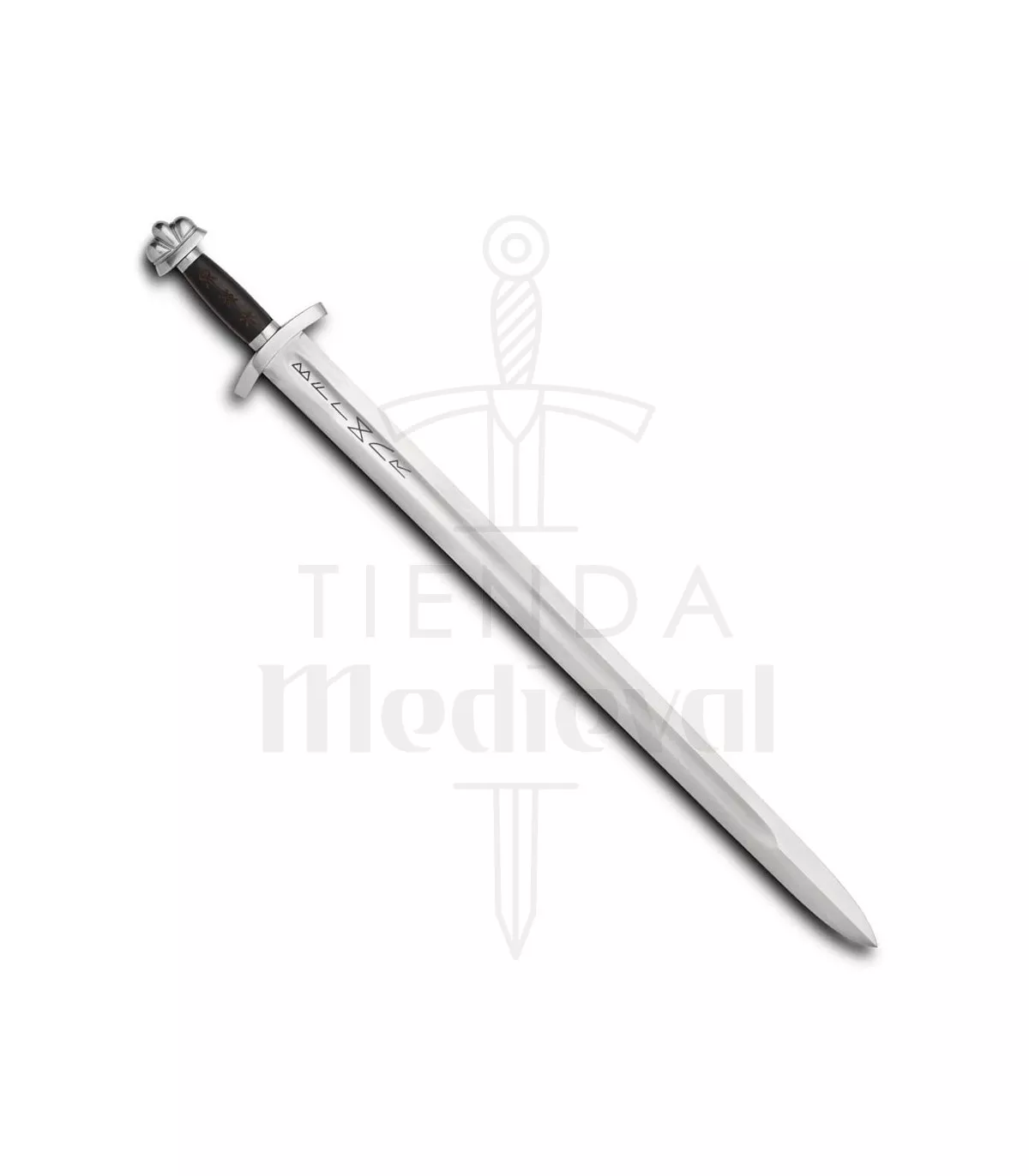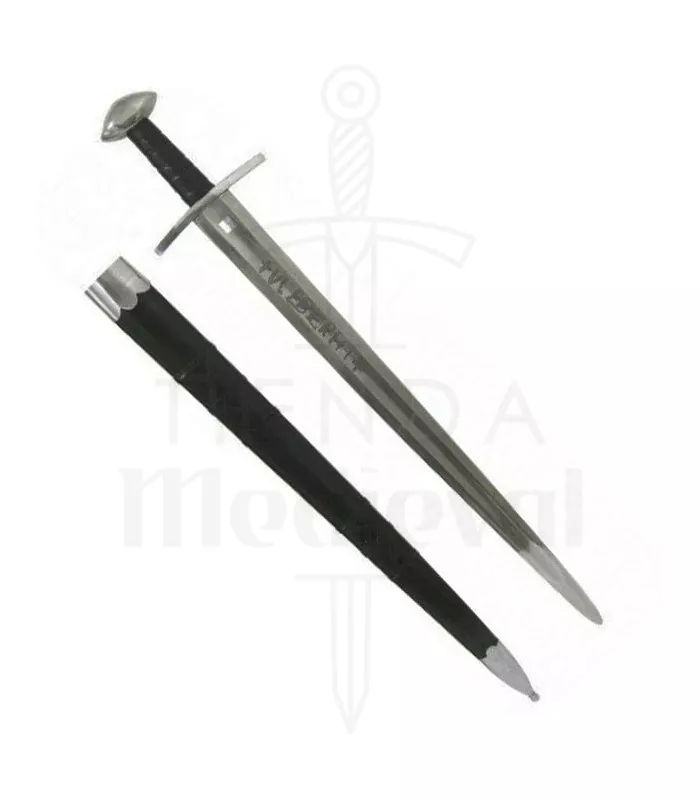What is Petersen's Typology?
Petersen's Typology is one of the most relevant systems in archaeology for the study of Viking swords. Introduced by Norwegian archaeologist Jan Petersen in 1919, this classification is recognized for focusing on the shape of sword hilts, allowing for an analysis of their historical evolution, manufacturing techniques, and their importance in Viking society. Although it has been revised and complemented over time, it remains an essential reference in the study of these iconic weapons.
Origin and Purpose of Petersen's Typology
Jan Petersen published his classification system in the work “Der Norsk Vikingesverd” (The Norwegian Viking Age Swords) in 1919. His main goal was to create a systematic method for analyzing and categorizing Viking swords based on the characteristics of their hilts. This approach allowed researchers to identify historical patterns, determine geographical origins, and better understand the evolution of Norse society.
Main Features of the Typology
1. Focus on Hilts
Petersen’s system is almost entirely centered on the hilts of the swords. This component encompasses the pommel, guard, and grip—elements whose design varied significantly depending on the period, region, and function of the weapon. The hilts not only contained technical information about manufacturing but also revealed artistic and cultural aspects.

2. Morphological Classification of 26 Types
Petersen developed a classification with 26 categories designated by uppercase letters from A to Z. Each type is defined by specific details in the shapes and sizes of the hilt’s components. This methodological organization is still widely used by archaeologists and ancient weapons experts across Europe.
3. Historical Context
Beyond being a mere categorization scheme, Petersen used swords as tools to study the evolution of Viking society. Through the similarities and differences in the hilts, better insights were gained into trade, cultural influences, and technological development in early medieval Europe.
Adaptations to the Original System
Although Petersen's classification is detailed, its complexity posed challenges for some researchers. In 1927, archaeologist Sir Robert Eric Mortimer Wheeler proposed a simplified version, reducing the number of types to just nine. This adaptation made it easier to use for broader analyses while retaining the essence of the original system.
Significance and Limitations of the System
Significance
- Petersen's Typology remains the primary framework for studying Viking swords, providing a standard for comparing archaeological findings in different regions.
- It has enabled researchers to date findings more precisely, contributing to the chronological understanding of the Viking Age.
- It offers valuable information about manufacturing techniques, uses, and the symbolism of swords in Viking culture.
Limitations
- The exclusive focus on hilts overlooks important aspects such as blade decorations, inscriptions, and material analyses.
- This bias has encouraged other researchers to develop complementary systems focusing on the blade or integrative characteristics of the entire weapon.
- Its usage demands a detailed understanding of Petersen's original work, making it sometimes difficult for beginners to apply.

Impact on the Study of Viking Weapons
Despite its limitations, Petersen's Typology has revolutionized the archaeology of weapons. Thanks to this tool, researchers have been able to uncover not only the technical evolution of Viking swords but also the social and cultural aspects associated with their use. Its influence endures today, inspiring complementary research and systems that enrich our knowledge of the Viking world.
















